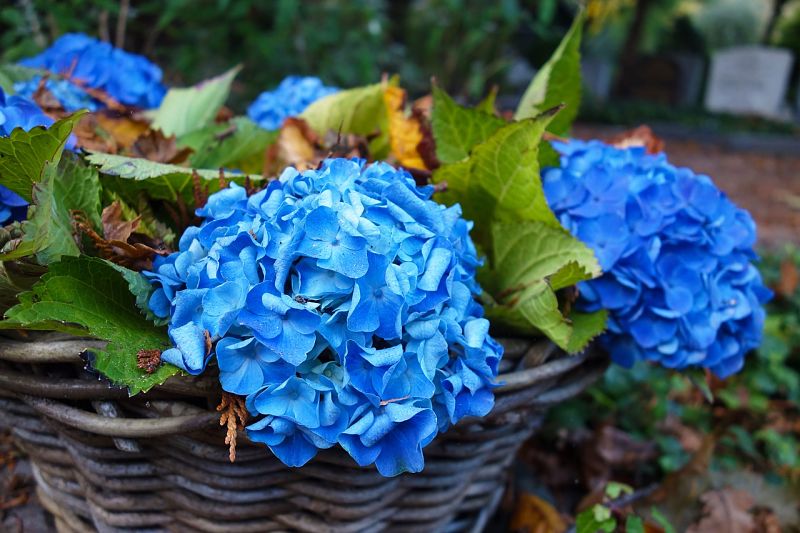The ficus is made up of a family that includes more than 800 different species scattered throughout the world. Among these species we can find trees, shrubs, vines and creepers that adapt to different environmental conditions.

In its natural habitat, the ficus reaches a size between 30 to 35 meters in height. But we generally find them as apartment plants with beautiful, decorative foliage, as well as easy to grow.
Since most plants are of tropical or subtropical origin, it lives well in very bright environments. But it doesn’t do well when it’s in direct sunlight. They generally love heat and do not suffer if the temperature reaches 30 °C. Except for the Elastic Ficus which does not prefer temperatures above 24 °C.
Ficus varieties
Elastic ficus
Originally from India, they are the best-known ornamental species in Europe. As a houseplant it has a modest development, while in its natural habitat it can reach enormous sizes. The leaves are large and at the end at the tip, the leaf presents a beautiful glossy dark green color. The stem is red or pink in color and turns green as it develops.
Ficus pumila
With dark green leaves, it develops many aerial roots that adhere to the surface to which it is attached. For this reason, we can successfully grow in hanging baskets or use them as a ground cover for indoor gardens.
Ficus lyrata
It is native to West Africa and has large oval leaves, dark green wavy margins. It needs a lot of light and it also gets along well in direct sun. It should be moistened abundantly in the summer, little in winter. Fertilize from May to September 2 times a month with complete liquid fertilizer.
Ficus benjamin
It comes from Southeast Asia where it can reach 25-30 m in height. Even in the department it can achieve a remarkable development, reaching a length of more than 5 m.
Irrigation of Ficus
During the summer it is recommended to water twice a week, while in the fall and winter every 10-15 days. Since dry air damages them, it is necessary to spray the leaves every 20-25 days using slightly hot water. In any case, we never use water that is too cold. Nor should we water abundantly to avoid stagnation in the undergrowth and rotting of the roots.
Felling the ficus
During the months of July and August we can cut down the ficus. In shrubs like Ficus Benjamin, we must remove 10-15 cm from the top. We must also remove the leaves on the four apicals and approximately 2 cm of basal twig. We must dry the cut surface overnight, then sprinkle the root with rooting hormone.
We plant the cuttings in a mixture containing sand and cover with a transparent plastic plug. After about eight weeks, having the tendency to keep it shady and moist, we can place it in the light.
Composting
Like all flat plants, ficus occasionally require fertilizers. In case of use, they must be in liquid product and formulated for green indoor plants. The fertilizer is diluted in irrigation water following the doses indicated on the packaging. It can be applied every 15 days in spring-summer and once every 2 months in autumn-winter.
Transplant
It is necessary to do this only when the plant shows signs of suffering due to the packaging being too small. In any case, it is advisable to transplant every 2 to 3 years during the spring. To transplant we use black soil, which is mixed with common soil and leaves.
It is good to remember never to cut the aerial roots (especially in the Elastic Ficus) and always support the stem in the tall species.
Diseases
Yellow spots often appear on the upper part of the leaves, while a fine spider web is noticeable on the lower part. It means there is an ongoing attack by the spider mite. We intervene by spraying a specific insecticide promptly.







